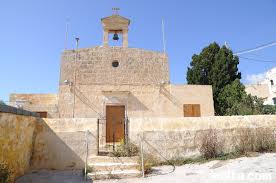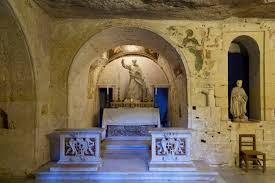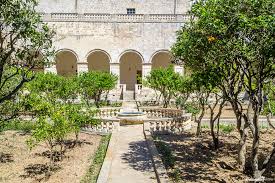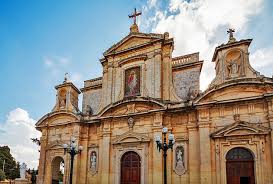Wignacourt Museum
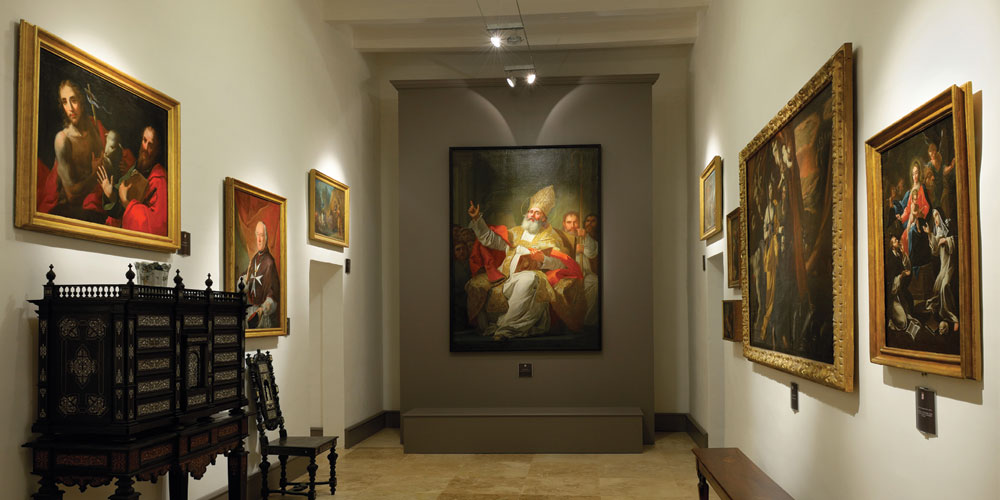
Baroque style building of the XVIII century is a home to the Wignacourt Museum, which previously was the Seminary for Chaplains. The museum got its name after the Grand Master Alof de Wignacourt, who was a ruler of Malta for 21 year since 1601.
The building, which is now occupied by the museum, was built in 1749. It has a small garden and a chapel, which was visited by Chaplains only. Then the school for priests has moved there. After the French occupation in 1798 the college was run by the Church. Later the mansion included a school, a hospital and a social center.
In 1981, a museum collection consisting from exhibits provided by the local seminary, St. Paul church, other churches and individuals was presented http://ipcloans.com/have-you-been-rejected-because-of-your-bad-credit.html. Among the historical masterpieces of the art gallery of the museum there is a collection of the notary Francesco Catania. Art Gallery gives visitors a chance to see paintings by Mattia Preti, Antoine de Favre and Francesco Zahra.
Being opened in 1981 in Rabat, Wignacourt Museum is considered to be of cultural and historical importance for Maltese people as it hosts art and sculpture collections. The museum consists of 3 floors:
- At the ground floor you can see exhibits presented both by the local and foreign artists.
- At the main floor there is Punic-Roman artefacts’ collection
- At the last one -underground floor- guests will get acquainted with the famous catacombs, where locals were sheltering from shelling during the Second World War. Here 44 rooms are connected to the church of St. Paul with a tunnel. Grotto of St. Paul has become a popular place of pilgrimage in the early XVII century. Under the museum building there is a bomb shelter, based in the ancient catacombs.
Besides the above mentioned exhibits, there are many other interesting things able to satisfy even the choosiest visitors. There are medals, coins, ancient books and sculptures, etc.
